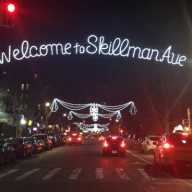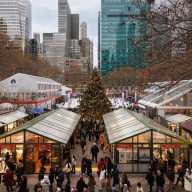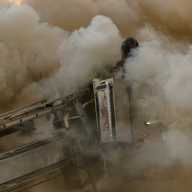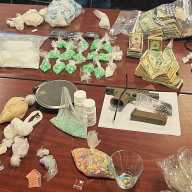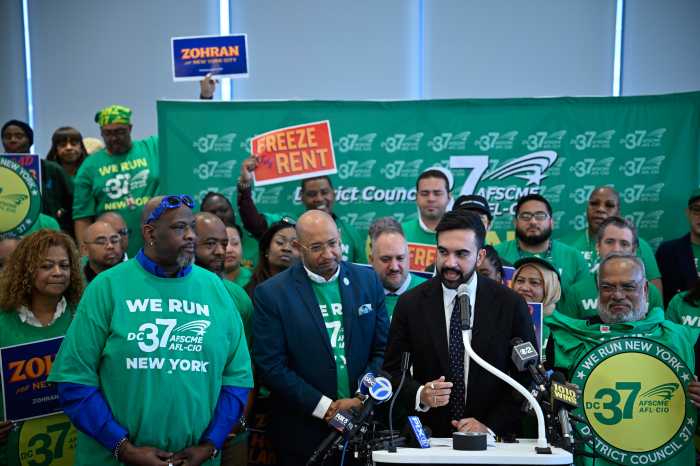The Newtown Historical Society – with some help from their friends at the Newtown Pippin Project and the community – recently planted historic Newtown Pippin apple trees at three locations in western Queens.
The fruit trees, which are being brought back to their origin in the western part of the borough, were planted at Maspeth Federal Savings, the Middle Village 75th Street Block Association’s community garden and at Ridgewood’s Onderdonk House.
“The Newtown Pippin represents an important part of our agricultural history which is often overlooked,” said Christina Wilkinson, President of the Newtown Historical Society. “We hope by bringing a little bit of it back, we can use it as a teaching tool to help people understand the rural past of this area and the once-pristine condition of Newtown Creek.”
The Newtown Pippin variety of apple was named after the western area of Queens once known as Newtown Township. The original apple tree was located on the Gershom Moore farm along a tributary of Newtown Creek in the 1700s and cuttings were taken and planted in orchards throughout the world.
The Newtown Pippin Project is offering free Pippin trees for planting throughout the city, with added emphasis on locations in western Queens. Thanks to a sponsorship from Green Apple Cleaners, care and guidance from the NYC Department of Parks and Recreation, and pioneering local orchard replenishment by Slow Food NYC, a distributed orchard is being created among the city’s open spaces.
The trees may bear their first fruits by 2011. The groups are already preparing for the next planting in the spring, where the Newtown Historical Society will focus on bringing the trees to area schools, houses of worship and cemeteries.
“As a member of the Environmental Protection committee, I am working with my colleagues to restore the growth of these beautiful trees through New York City and to declare the Newtown Pippin the official apple of the Big Apple,” said City Councilmember Elizabeth Crowley, who represents the area where the trees were planted.
For more information about the Newtown Pippin Project, visit www.newtownpippin.org or www.newtownhistorical.org.














